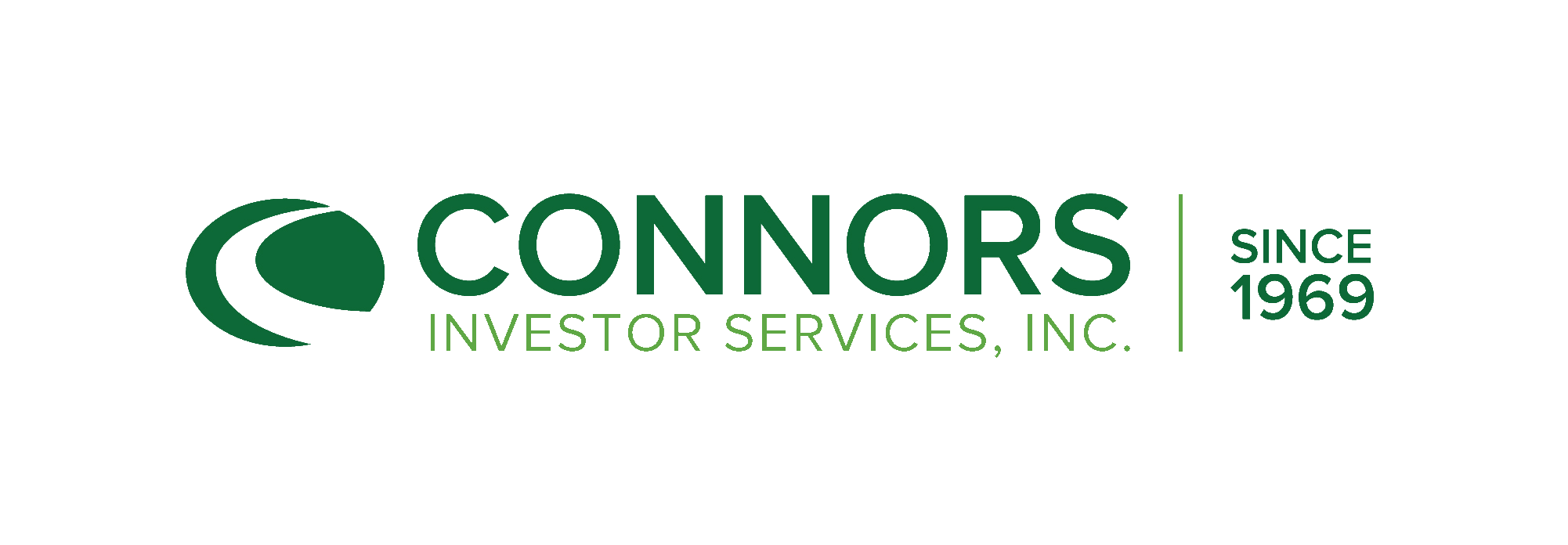2025 Q1 Covered Call Commentary
by Robert Cagliola, CFA and Robert Hahn, CFA, on April 17, 2025
Market Commentary
Legend has it that British troops played the song “The World Turned Upside Down” during their surrender at Yorktown. The song originated from an English ballad from the 1640s written to protest the policies of Parliament relating to the celebration of Christmas. In more recent years, the song appeared in the Broadway musical Hamilton. The song’s title has come to mean a complete change in understanding of something. The title seems rather apropos following the release of the White House’s new tariff policies on April 2nd. The first quarter started on a high note, with the S&P 500® gaining over 4% and hitting a record high on February 19th before abruptly selling off to end the quarter down 4.6%. Weakness began in artificial intelligence (AI) related stocks following the news of a less expensive AI model released by DeepSeek in China. Investors began to question growth rates for companies supporting the data center buildout. Weakness broadened into other sectors as investors grew more concerned by the prospects of slowing economic growth, given greater uncertainty as a result of tariffs and cuts in government spending. Growth and momentum, which were the primary factors responsible for much of the market’s appreciation over the previous two years, were sold with proceeds flowing into value and low volatility securities. By the end of the quarter, the Magnificent 7, which had benefitted greatly from AI, were down 25% on average from their recent 52 week highs following two years of outsized returns. As the risk-off trade continued, several strategists cut their 2025 estimates for the S&P 500® as the prospect of higher tariffs was expected to increase inflation and reduce economic growth. The quarter ended with the S&P 500 down nearly 10% from recent highs and the Nasdaq down 16% from its peak. Economic data was mixed during the quarter, with employment remaining strong, with unemployment at 4.1% and the core CPI bettering than expectations at 3.1% y/y. March Consumer Confidence, on the other hand, fell to the lowest level since January 2021, and the March flash manufacturing PMI fell back into contraction. Interest rates on 10-year U.S. Treasuries fell over 35 bp, ending the quarter at 4.2%.
Despite CPI data showing cooling inflation, the tone from the Federal Reserve remained rather hawkish as inflation remains above its 2% target. Inflation remains particularly stubborn in areas such as housing. In addition, tariffs will lead to higher prices in the near term, which appears to place the Fed on the sidelines until there is greater clarity on the economic impacts from tariffs. Nonethless , the Fed is still expected to cut rates twice in 2025 and with cuts coming as early as June. Market weakness, along with lower interest rates, benefitted less economically sensitive sectors, including Healthcare (6.1%), Consumer Staples (4.6%), Utilities (4.1%), and Real Estate (2.7%). Energy (9.3%) was the top performing sector, in part due to strong free cash flow and strong demand for natural gas to power data centers as well as LNG exports. The worst performing sectors were Consumer Discretionary (-14.0%), Technology (-12.8%), and Communication Services (-6.4%), driven in large part due to sell-off in the Magnificent 7. While uncertainty reigns in the near term, we believe that the market could rally later this year if tariffs are resolved and the administration begins to focus on pro-growth policies and tax cuts.
Portfolio Equity Positioning
During the first quarter, we made several tactical adjustments to our large-cap equity portfolio. We reduced our exposure to growth and high multiple stocks, shifting toward lower-multiple, low-volatility names with higher dividend yields. We lowered portfolio exposure to cyclicals and increased exposure to defensive sectors, including healthcare and utilities. Additionally, we reduced our exposure to consumer spending and companies with greater tariff exposure, seeking to lower the risk of the portfolio. In taking down our technology sector exposure, we sold Service Now (NOW) and Advanced Micro Devices (AMD) while reducing weightings in Apple (AAPL), Nvidia (NVDA), and Microsoft (MSFT). While NOW is a solid growth story with impressive customer retention, the realities of DOGE and subsequent pullback in government spending will pressure earnings for the current year. AMD failed to meet investors’ expectations within data center growth as whisper numbers continued to be out of reach. In addition, gaming revenue declined by over 59% as demand faded. Bank of America (BAC) was sold in order to reduce cyclical exposure in response to rising recession concerns. Schlumberger (SLB), while executing well, was sold due to concerns of the CapEx cycle within the oil industry given the oil pricing outlook. Finally, Merck (MRK) was sold due to Gardasil overstocking and geopolitical challenges within China, resulting in an 18% sales decrease. Proceeds from sales were used to purchase Medtronic (MDT), NextEra Energy (NEE), Cisco Systems (CSCO), and Williams Cos (WMB) while adding to RTX (RTX) and Salesforce (CRM) early in the quarter. MDT is showing significant growth across several segments, with Cardiac Ablation Solutions experiencing 22% growth and the Diabetes segment improving by double digits. NEE is a leading energy generation provider through an “all of the above” portfolio of gas, nuclear, and renewable sources. The company increased its backlog by 30% over the last year and announced an agreement with GE Vernova to provide multiple gigawatts of power for various sectors. CSCO continues to experience strong growth in demand for data center switches for private cloud infrastructure and within the enterprise. WMB has successfully employed several large-scale expansion projects, contributing to a record EBITDA for the twelfth consecutive year. The company also has significant growth drivers in 2025, including multiple transmission and deepwater projects.
Call Option Premium
Volatility, as measured by the VIX® Index, fluctuated with a myriad of worries that characterized the quarter. Election euphoria morphed into concerns over tariff implementation on steel, aluminum, and autos in addition to the administration’s broadcasting of future reciprocal tariffs. The Deep Seek announcement further exacerbated fears of an AI infrastructure buildout slowdown that derated the largest technology stocks and all equities associated with the AI theme. If that wasn’t enough, concerns of recession and continuation of Biden-era restrictions thwarted the early quarter rally in financials, especially money center banks and those exposed to capital markets. Furthermore, investors wrestled with the Fed’s (and Trump’s) “market put” proposition as monetary and fiscal policy moved to a restrictive standing over inflation and excessive government wasteful spending (DOGE). As the worries escalated into a growth scare, the VIX doubled from 15 to roughly 30 over 18 days as the S&P 500 Index retraced 10%. With that, premium generation in the quarter from writing covered calls improved modestly to 1.3% (5.1% annualized at initiation). As always, pullbacks in the market provide opportunities to roll out and up to higher strike prices while maintaining existing positions at the original cost basis. Much effort and focus in the quarter was given to generating positive income where possible when rolling in-the-money options. Each call option position is evaluated as to its roll qualification based on our analysis of the underlying stock potential for positive price movement as well as option premium potential based on implied volatilities and delta. With the fluctuation in market volatility, opportunities are often presented to take action on existing positions if needed. For the quarter, the net premium generated after consideration of rolls was 1.2% (4.8% annualized), while the average days to maturity of the call options at initiation was 83 days, with 10.1% upside to the strike prices, and the portfolio average percentage written was 53%.
Outlook
Following two years of 20%+ returns for the market, tariffs and slowing growth have temporarily derailed the market. Despite greater near-term volatility, we believe that the market could perform better in the second half. There are multiple drivers for market upside, including tariff resolution and Fed rate cuts. In the near term, we remain more defensively positioned as earnings estimates could come under further pressure given greater uncertainty, slowing growth, and higher near-term prices. We believe that defensive sectors will continue to outperform until we get past this rough patch in the market. We note that while capital preservation is of greater importance in current market conditions, we continue to manage a diversified portfolio that includes both secular growers and value stocks and note that returns can be strong following market corrections, with much of it coming over a short time frame. We will look to take advantage of further pullbacks in quality companies to increase the dividend yield and enhance the risk/reward profile of the overall portfolio.
Important Disclosure Information
Please remember that past performance may not be indicative of future results. Different types of investments involve varying degrees of risk, and there can be no assurance that the future performance of any specific investment, investment strategy, or product (including the investments and/or investment strategies recommended or undertaken by Connors Investor Services, Inc. “Connors”), or any non-investment related content made reference to directly or indirectly in this commentary will be profitable, equal any corresponding indicated historical performance level(s), be suitable for your portfolio or individual situation, or prove successful. Due to various factors, including changing market conditions and/or applicable laws, the content may no longer be reflective of current opinions or positions. Moreover, you should not assume that any discussion or information contained in this commentary serves as the receipt of, or as a substitute for, personalized investment advice from Connors. Please remember to contact Connors, in writing, if there are any changes in your personal/financial situation or investment objectives for the purpose of reviewing/evaluating/revising our previous recommendations and/or services, or if you would like to impose, add, or to modify any reasonable restrictions to our investment advisory services. Unless, and until, you notify us, in writing, to the contrary, we shall continue to provide services as we do currently. Connors is neither a law firm, nor a certified public accounting firm, and no portion of the commentary content should be construed as legal or accounting advice. A copy of the Connors’ current written disclosure Brochure discussing our advisory services and fees continues to remain available upon request. Historical performance results for investment indices, benchmarks, and/or categories have been provided for general informational/comparison purposes only, and generally do not reflect the deduction of transaction and/or custodial charges, the deduction of an investment management fee, nor the impact of taxes, the incurrence of which would have the effect of decreasing historical performance results. It should not be assumed that your Connors account holdings correspond directly to any comparative indices or categories. Please Also Note: (1) performance results do not reflect the impact of taxes; (2) comparative benchmarks/indices may be more or less volatile than your Connors accounts; and, (3) a description of each comparative benchmark/index is available upon request.






